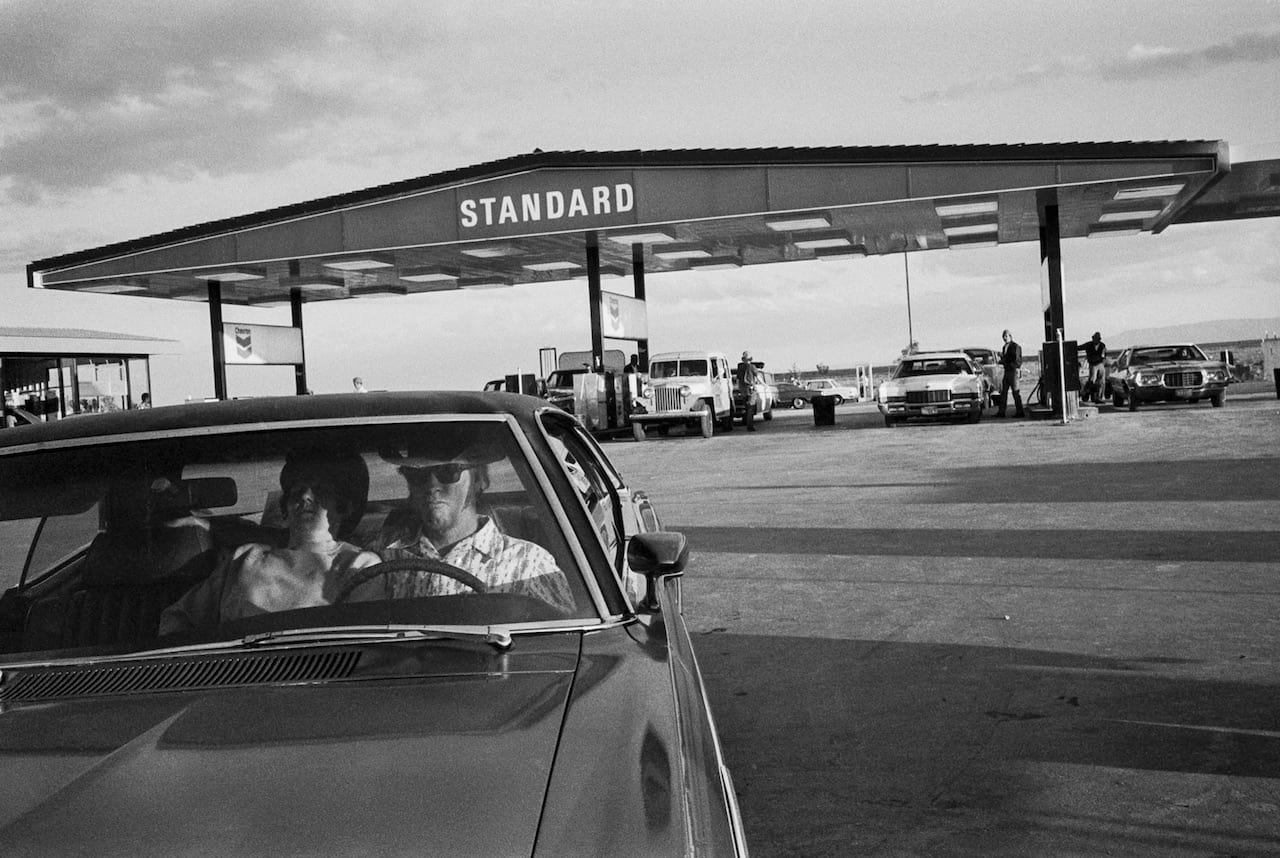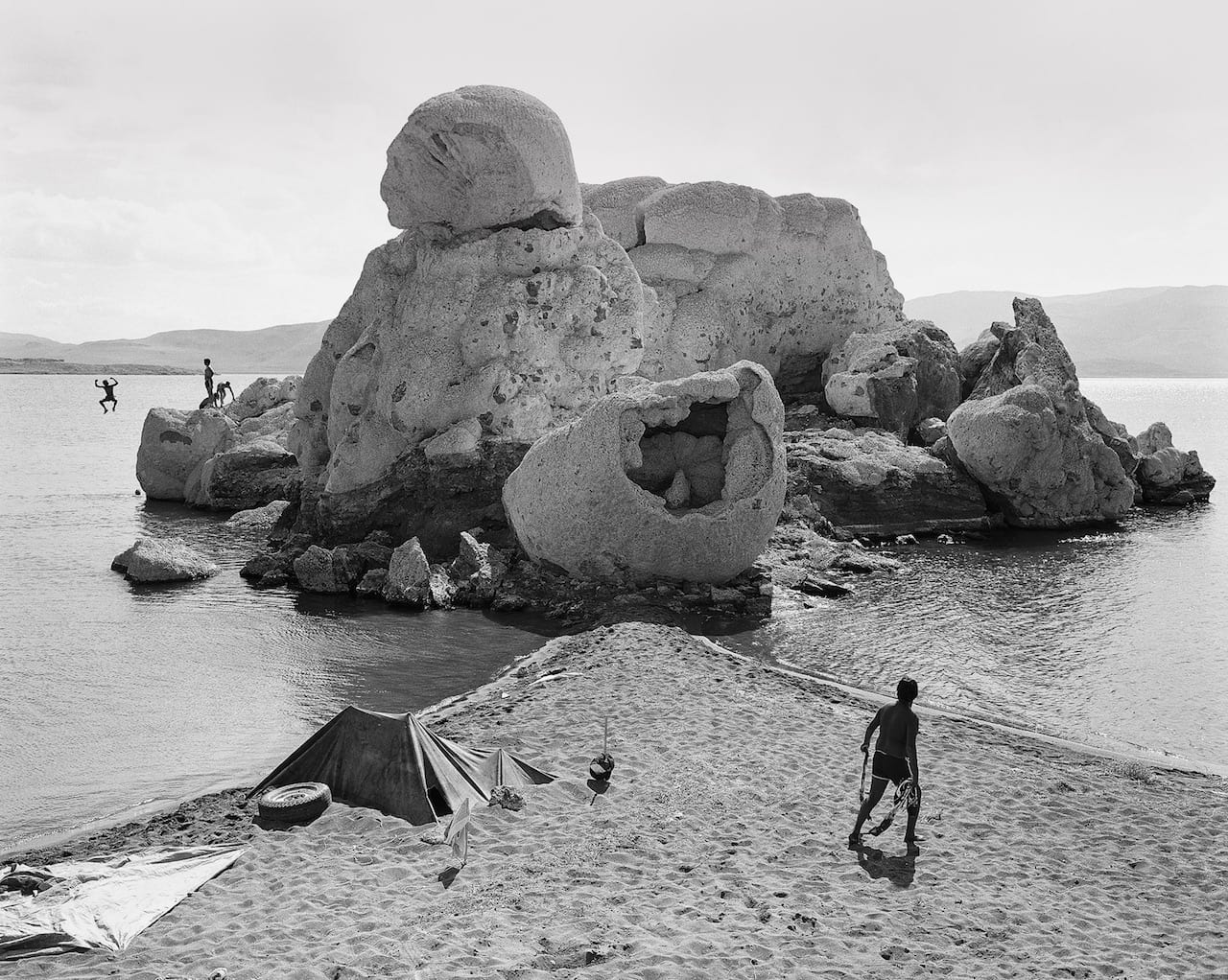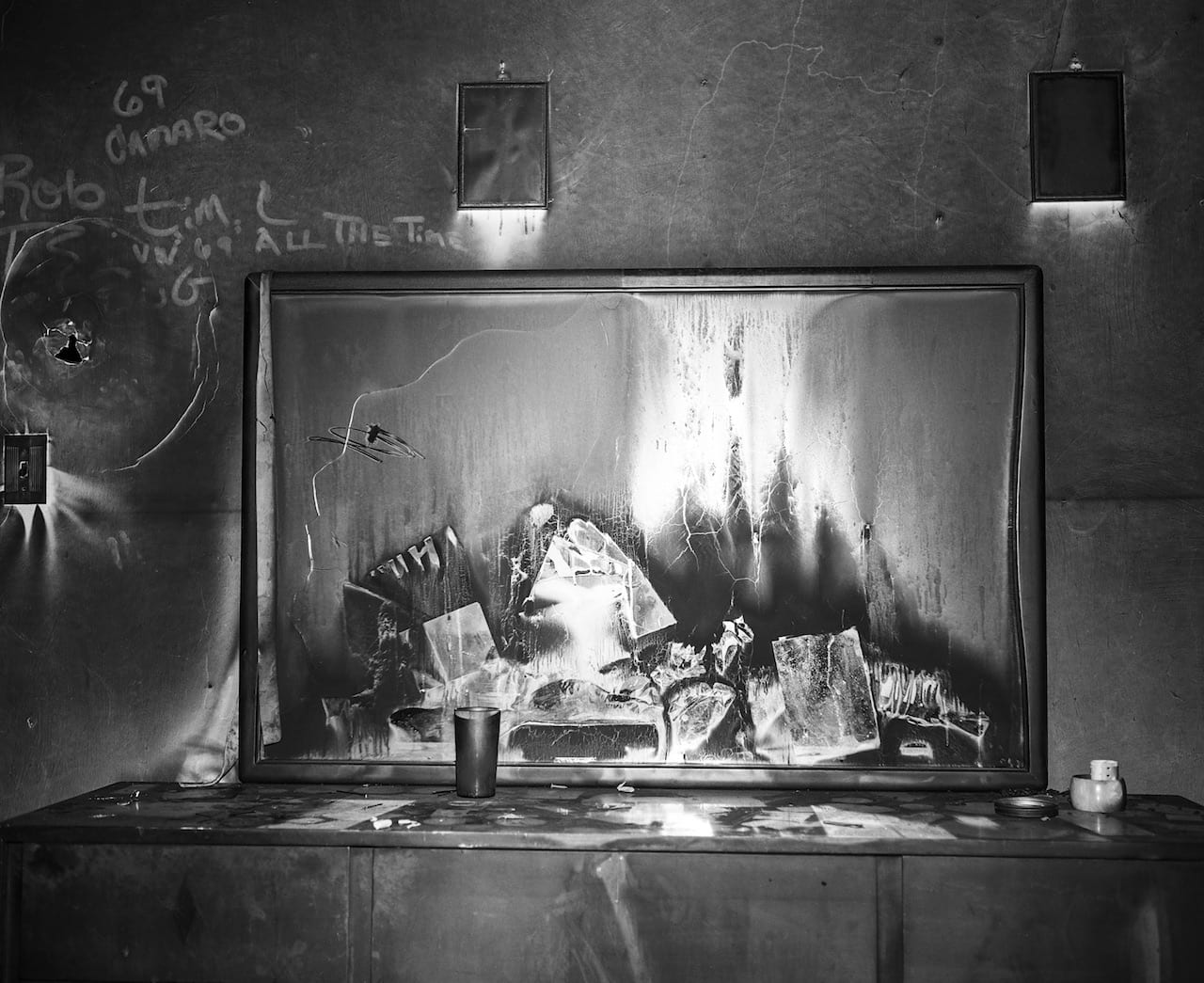Born in Berkeley but raised in the East Bay suburb of Walnut Creek, Mimi Plumb has been a lynchpin in the network of photographers and educators who keep the region grounded in socially engaged documentary traditions. In her own photography, she has remained close to her roots, shooting long-term projects all over northern California. Many of those projects are only now beginning to see the light of day.
One of the reasons why her archive has lain dormant for so long is that she has been teaching photography most of her adult life at local institutions such as San Jose State University and San Francisco Art Institute, where she herself gained an MA, and which has played a key role in educating many photography students in the region. In 2014, her first body of work, Pictures from the Valley, was exhibited at City Hall in San Francisco. These pictures, taken in her early 20s when she was still a student, were a campaign for trade union rights among the Hispanic field workers of California’s farmlands.
Joining union organisers like the fabled Cesar Chavez, Plumb travelled thousands of miles over two years, documenting the miserable existence of migrant workers, exploited and threatened with deportation if they asked for a living wage or wished to be represented by a union. Plumb’s photographs from this key era in Californian labour-relations are evidence of a photographer dedicated to what she felt was a noble cause. Only in the past few years, when she has managed to wind down her teaching activities, has she been able to re-enter her archives and begin the laborious task of scanning everything she shot in those more contentious times.
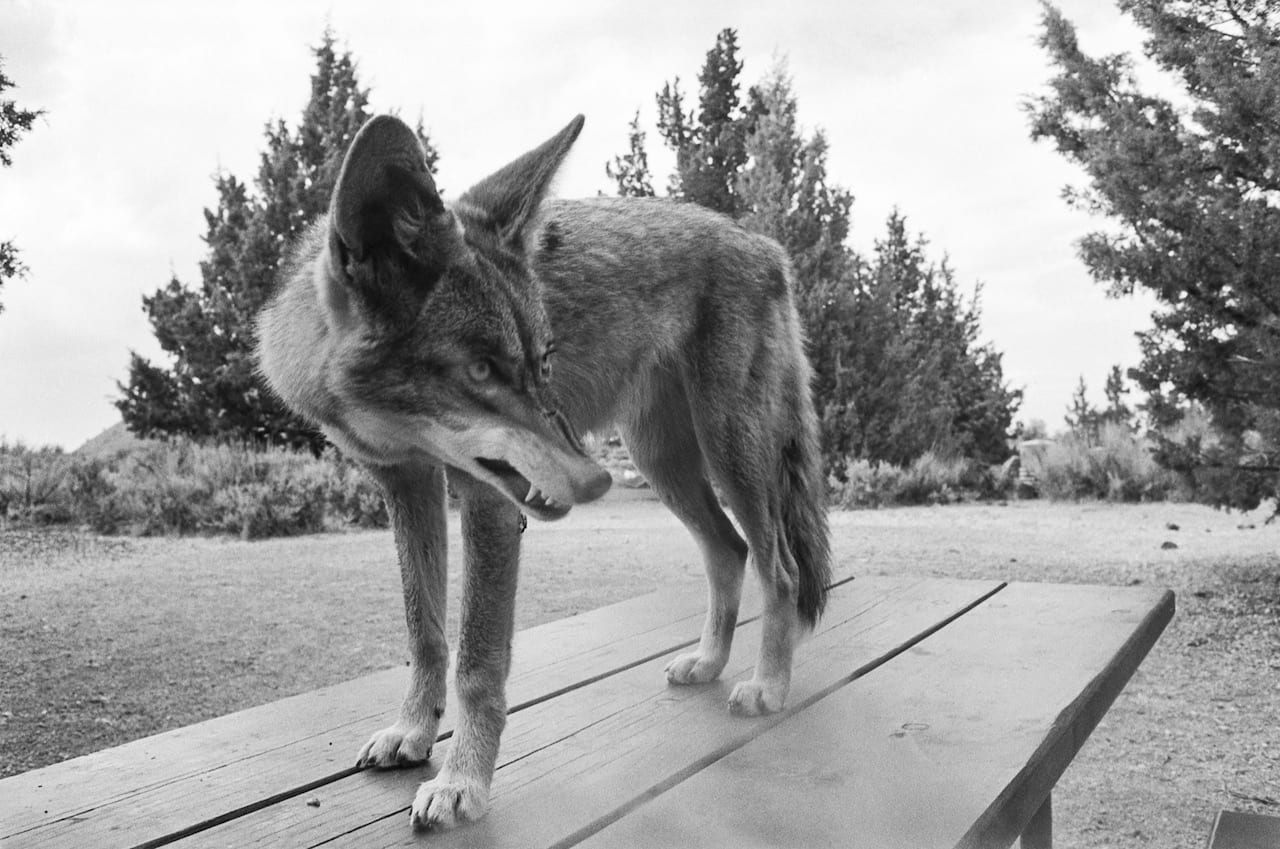
The curator who took Plumb’s almost forgotten series and exhibited it is Ann Jastrab, curator and gallery director at Rayko Photo Center in San Francisco. “I’d curated Mimi in two different shows in previous years [San Francisco Days at Rayko] and another at City Hall through the San Francisco Arts Commission called Eighteen Months. So I was very familiar with her work when she sent me a quick email asking if I would have a look at her Central Valley images, which she had recently scanned after retiring from San Jose State University.
“I scrolled through Mimi’s images and when I came to that Cesar Chavez image, I said to myself, “I must curate a show about the Central Valley of California, past and present,” says Jastrab. “When I was looking through her work on the farm workers, it was amazing to see her eye as a young woman in her 20s and how that echoed what was happening at the time in those struggles.”
By the time she was in her mid-20s, Plumb turned her attention to the suburbs that were spreading out into the hillsides around Berkeley and Oakland. These pictures that she describes as being the landscapes of her childhood have remained untouched for more than 30 years and only recently has she been able to put together an edit called What Is Remembered.
It’s not hard to discern the influence of Robert Frank and Henry Wessel in these images, shot in the full beam of the California sunshine, but the sensibility on display is not of someone passing through, but from someone who knows the locale intimately. Occasionally, we find images of gawky teenagers hanging out, and these portraits remind us that the photographer was a young woman herself who identified with the listlessness and ennui of growing up in the burbs.
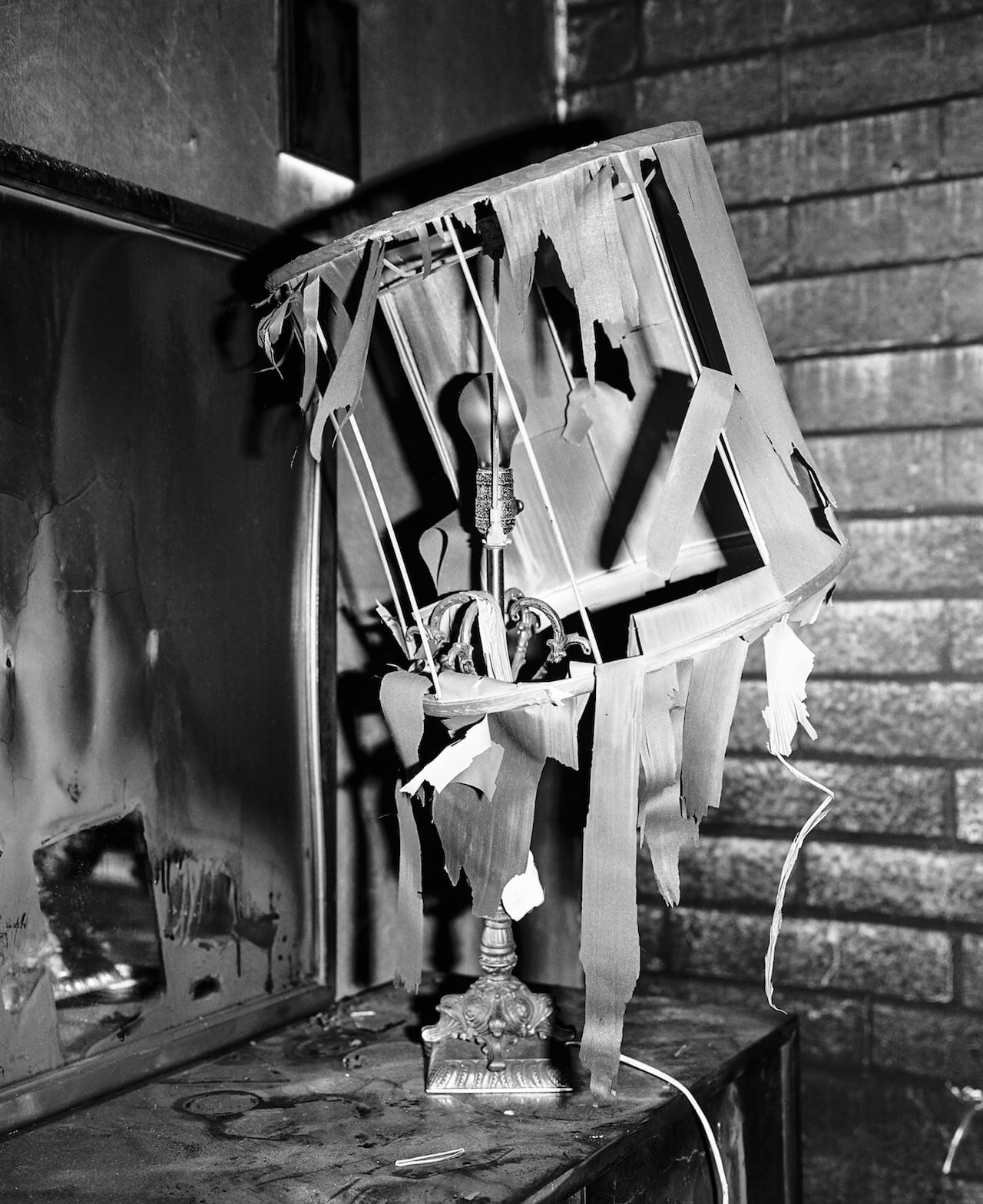
Jastrab, who has watched with interest as Plumb brings her archive to public view after all these years, is a big fan. “What I’ve really enjoyed is seeing slideshows of these images and putting them into context with what was being shot at that time. People like Garry Winogrand and other great street shooters of the era; well, Mimi’s work holds up to theirs, but it still has that very feminine eye, that sensibility. There is something really raw about her pictures.”
Plumb’s work took a dystopian turn in the 1980s, and in addition to working with a larger format camera she started probing the political change that was coursing through America during Reaganomics and as a result of the influence of the religious right. The environment 1seems scarred and burned, signs of American military muscle abound, and everyone caught in her lens looks anxious and drawn.
“For a lot of us, the 1980s were a very dark period in American history. There was not a lot of optimism. Being able to comment on the world with photography is what interested me. Larry Sultan, who was my teacher, always talked about the work not being the end point in itself, but more a conversation starter about what was going on in the world. My 1970s work had a sense of the future for the country that my ’80s work lacked. When people see that work they are always surprised that it’s California. Was it really that bleak, this Golden state?”
Plumb continues to shoot prolifically; her recent colour portraits of young women are full of empathy and warm light, and show a different side to her practice. In them we find someone in middle age, recognising the same need for self-expression that she felt as young woman.
www.mimiplumb.com Mimi Plumb’s book Landfall, a collection of her images from the early 1980s will be published by TBW Books soon, priced $40 www.tbwbooks.com/collections/single-titles/products/landfall
Plumb will be signing copies of the book at the TBW Books booth SE27 at Paris Photo at 3pm on 10 November www.parisphoto.com
This article was first published in the September 2015 issue of BJP
